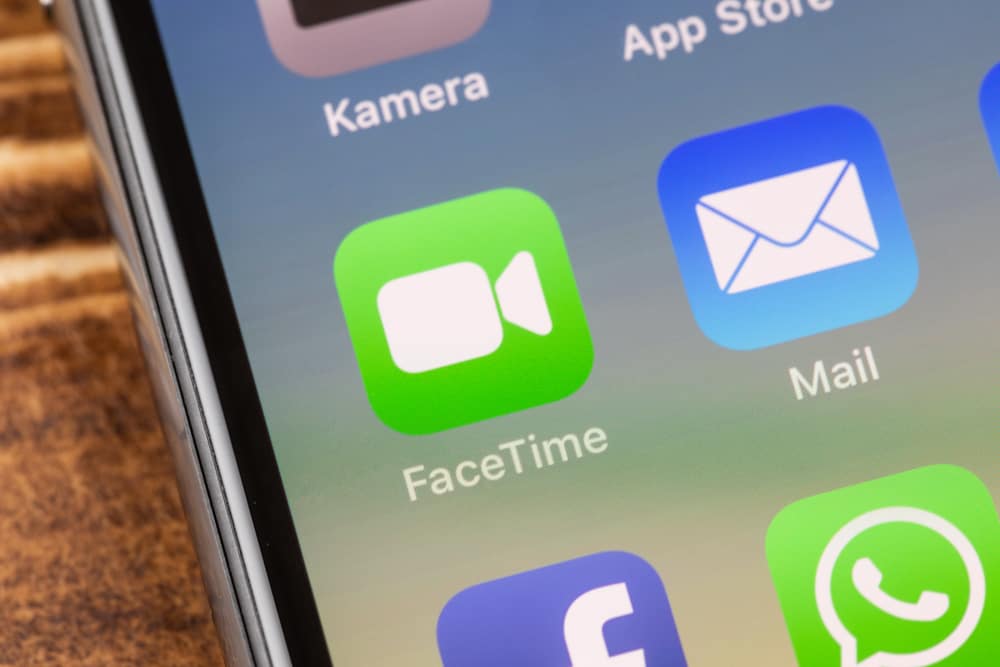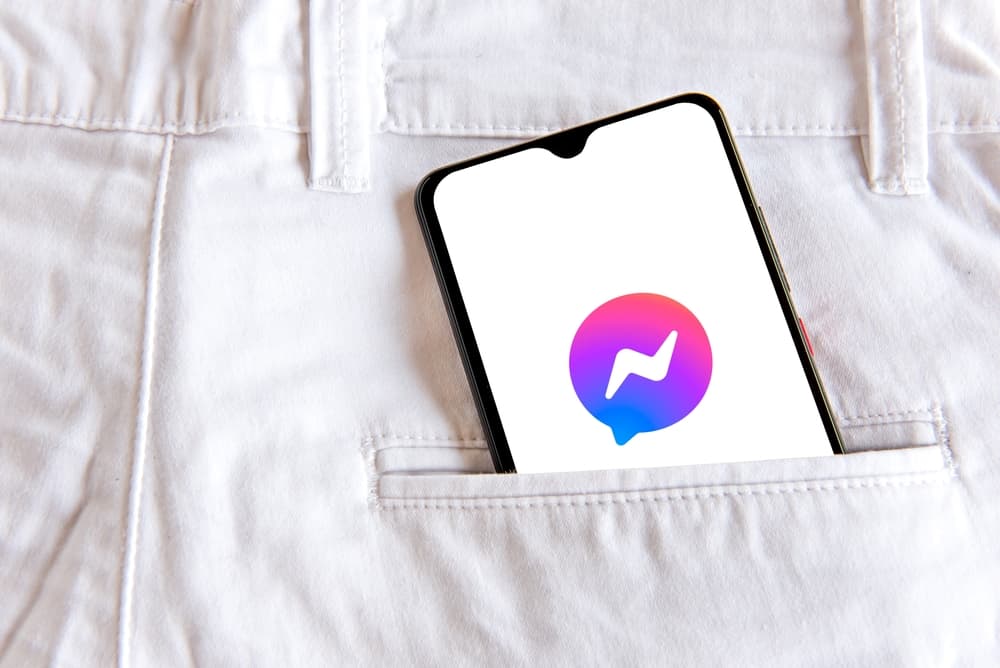
Zoom is the go-to video conferencing platform for many organizations around the world. The flexibility and availability of the interface make it accessible to people across different parts of the world.
Zoom uses a combination of audio and video to ensure maximum productivity; however, the audio may begin to skip sometimes. Why do you experience this choppy audio, and how do you avoid it?
Choppy Zoom audio may be due to different factors, including a lousy cellular network, interference with your WiFi connection, or distance and obstruction to your streaming device.
This article covers the reasons for Zoom lag and proffers different ways to solve this issue. Once followed, your Zoom calls should be free of choppy audio.
Zoom Audio Requirements
Zoom audio is an integral part of your meeting and needs to be seamless. This is called Zoom lag if you find yourself in a meeting where the audio feed cuts out or gets garbled or robotic.
Making an effective group call on Zoom takes an average upload and download speed of 3 megabits per second (Mbps). Internet speed is crucial because you need a consistent internet connection for a successful Zoom call.
It can happen at an integral point in the meeting that you don’t want to miss. This mainly occurs when streaming a video because it requires much more bandwidth to stream video and audio simultaneously on Zoom.
Reasons Why Zoom Audio Is Choppy
There are several reasons why your Zoom audio may be choppy. If you experience Zoom lag, this indicates an issue with your internet speed.
Here are a few reasons why you experience Zoom lag:
Reason #1: Bad Cellular Signal
This occurs when there is a generally poor cellular signal in your location. This may be due to bad weather conditions or the area’s topography.
These issues may be temporary, but they will resolve themselves after a while.
Reason #2: Interference With WiFi Device
If there is a sudden lag in your Zoom connection, this may be due to interference with your WIFI device.
It may be a power surge, or your WIFI device is located in a dead zone where the network fluctuates.
Reason #3: Instability of Receiving Device
This occurs when you move around during a Zoom call and go past metal objects or obstructions. These obstructions may cause a dramatic reduction in your connection signal.
Obstructions can also interfere with your WIFI device and your mobile device.
Disruption in internet speed can reduce video quality and synchronization issues where the audio and video don’t match. It can also lead to screen share lag, where the audience cannot see what you are sharing in time.
How To Resolve Choppy Audio?
There are different ways to resolve choppy audio quality, and they depend on the reason for the network disruption.
Here is a list of ways to resolve Zoom lag:
Method #1: Test Your Internet Speed
This is the first step in resolving Zoom lag. It helps you to diagnose the problem with your network properly. You can complete this test by going to speedtest.net by Ookla or fast.com.
The higher the internet speed, the better the streaming experience. You should carry out this test at every new location to check the suitability of the network.
Method #2: Close Unwanted Tabs
The less multitasking you do during a Zoom call, the better your connection will be. This means you should close down applications not used for the meeting duration.
This includes tabs on your web browser because dozens of opened tabs overtax your computer and slow down performance. You should also halt any downloads or uploads.
Method #3: Switch to an Ethernet Cable
If you are experiencing constant lag in a location, you may need to switch to an ethernet cable.
They are more stable than the regular WiFi network. This would help you have a seamless meeting.
Method #4: Change the WiFi Router Position
If your location is far from the WIFI router, chances are this is the cause of the Zoom lag. You may be seated where the network cannot reach your device.
You can move closer to your device to establish a better connection.
Method #5: Stop Sharing the Video and Mute the Microphone
Zoom dedicates special bandwidth for every extra activity made on the platform. This means your video sharing may be part of the problem.
If it is allowed in your meeting, stop sharing your video and mute your microphone when you are not speaking.
Method #6: Disable HD Video
Setting your Zoom app to stream HD video might put undue pressure on your internet broadband and cause lag.
To turn this off, go to Zoom video settings and uncheck the ‘Enable HD Video’ option.
In Conclusion
Zoom is a great platform to hold a meeting of any sort. You can share your screen, video, and audio with other participants and have a robust discussion.
However, Zoom lag can negatively affect the overall experience and can be frustrating to all parties.
Not to worry. You can resolve this issue using a couple of simple steps. This article explains how to resolve Zoom lag issues.
FAQs
Yes. All forms of download, streaming services, and cloud synchronization can affect the quality of your Zoom call. Downloading is a bandwidth-intensive activity that can affect the speed dedicated to your Zoom call.











